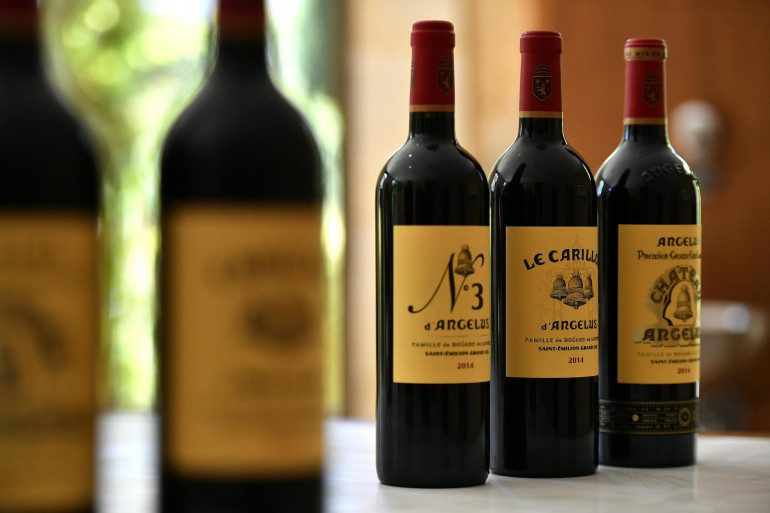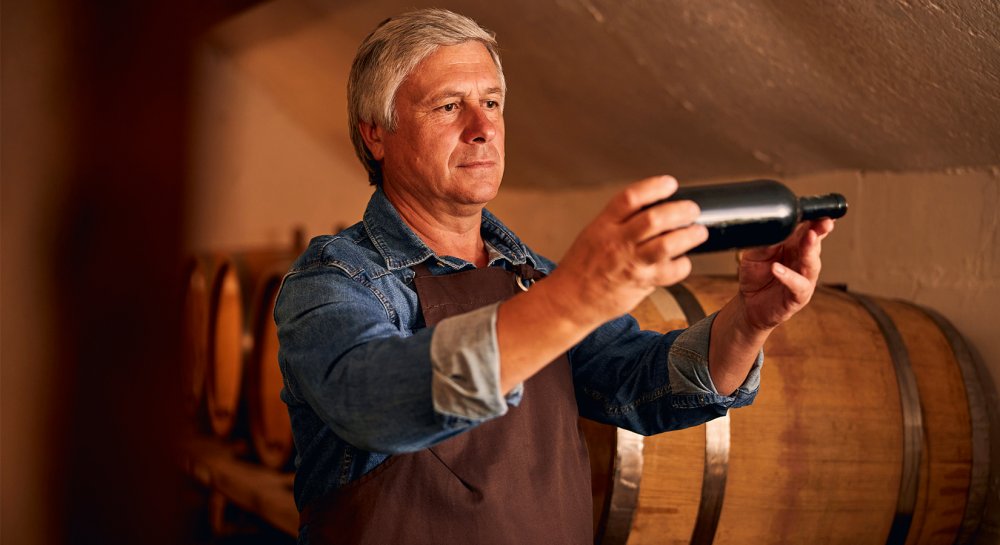The 75 cl format is now the global standard for wine. But this history of the wine bottle is no mere coincidence. It's the result of cultural heritage, practical choices and commercial logic.
If you're interested in wine-related articles, download our app for IOS or Android. It will give you access to our wine lexicon, our articles and our innovative solution, designed for all wine consumers and collectors.
Practical origins first and foremost
Before the 19th century, wine bottles were not standardized. Each glassblower created variable containers, often in the 70-80 cl range. However, with the growth of international trade, it became essential to define a standard wine format.
The English, great lovers of Bordeaux, played an essential role. They imported wine in barrels, then bottled it locally. A Bordeaux barrel contains 225 liters. Dividing this volume by 300 bottles yielded... 75 cl per bottle. This simple calculation, linked to logistics, marked the beginning of standardization.
The link between bottle and individual ration
In taverns and homes, 75 cl was also a decent ration for two or three people. An equitable division into glasses reinforced the daily use of this format.
What's more, at a time when there was no long shelf life, the bottle had to be finished quickly. The standard wine format thus offered an ideal balance between quantity, consumption and freshness.
A legal and commercial transition
In the 20th century, several countries made the format official. In France, a decree in the 1950s imposed the 75 cl bottle as the unit of measurement. Producers and merchants were thus able to align themselves with precise standards, encouraging trade.
From a logistical point of view, 6- and 12-bottle crates quickly became the norm. They facilitated transport, storage and wholesaling. Even today, this packaging still predominates, reinforcing the influence of this standard wine format throughout the distribution chain.
An international unit

With globalization, French and English practices spread. After Prohibition, the United States also adopted this format. Gallon equivalents were closer to liters, making conversion simple and acceptable.
Today, the 75 cl bottle is the preferred choice in over 90% of cases, whatever the grape variety, origin or style. It allows complete tasting without excess, and is suitable for most drinking occasions.
Why not 1 liter or 50 cl?
Some consumers ask why we don't just choose 1 liter to make calculations easier. The answer is twofold: firstly, the 75 cl wine origin is deeply rooted in people's habits. Secondly, one liter is often too much for one person and too little for four.
Conversely, 50 cl is still too small for a meal for two. Alternative formats do exist, of course, but they are aimed at specific contexts: solo tasting, fast food or gift boxes.
Other formats and their uses
Even if the 75 cl bottle remains the standard, other formats are making their mark. The magnum (1.5 l) is often associated with special occasions. Half-bottles (37.5 cl) appeal to travelers and wine-by-the-glass enthusiasts.
There are also prestigious formats such as Jeroboam, Methuselah or Nebuchadnezzar, reserved for festive events. However, for everyday consumption, the 75 cl bottle remains unbeatable.
An ideal size for aging

The 75 cl volume is also important for conservation. It offers a good contact surface between the wine and the air contained in the bottle. This ratio favors harmonious aging, without excessive oxygenation.
What's more, this format allows effective closure with a standard cork stopper. The sealing and breathing properties of cork work perfectly with a bottle of this size.
Impact on wine perception
Size also plays a psychological role. A 75 cl bottle gives an impression of generosity without excess. It invites conviviality, sharing and discovery.
In restaurants, it offers a good price/volume ratio. At home, it becomes the ally of a balanced dinner. So it's not just a technical choice. It's also a question of perception and emotion.
A format to serve the economy
The standard 75 cl wine format also facilitates production. Bottling lines are calibrated for this volume. Suppliers of bottles, labels, corks and cartons optimize everything around this reference.
Changing the format would have an impact on the whole process. This is why professionals remain faithful to this standard, even when they innovate elsewhere.
The future evolution of the format
It's true that new trends are emerging. Wine cans, flexible pouches and small formats are appealing to new audiences. Ecological concerns are prompting some players to rethink containers.
However, the 75 cl bottle retains its symbolic power. It embodies tradition, elegance and conviviality. Even in the face of innovation, its reign does not appear to be threatened in the short term.
If you enjoyed this article, please feel free to read the following article "How to create a wine list for a private event"which may also be of interest to you!





